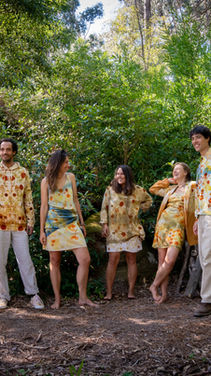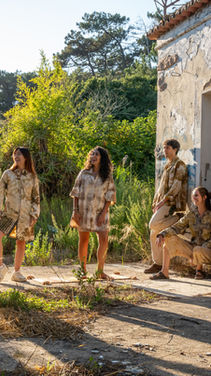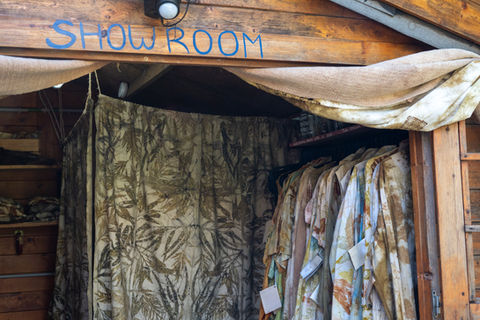
Tinctorium Studio is a process-based natural dye atelier working with local botanical color. The studio uses natural dyeing techniques to open your eyes to the plants you pass by every day, but often overlook.
I work exclusively with plants responsibly foraged from the local landscape or grown in the dye garden following permaculture principles. These dye plants and the art made with them act as ambassadors - bridges between us and the ecosystems we’re a part of but often ignore. They offer a way through which to interact with the landscape and reconnect with our own nature.
Our mission is to regenerate the bond between people and their natural surroundings by revealing the hidden colors of local plants through unique pieces, workshops, and DIY kits.
Discover Local Color
Welcome to the world of Tinctorium Studio!
Join me in exploring a universe of beautiful, local plant colors.
One-of-a-kind, wearable art, dyed with local and seasonal plants on sustainable fabrics.
Experience natural dyeing & ecoprinting with our in-person workshops.
Kits, pre-mordanted fabrics and dyeing materials for you to explore your local color.
Discover online, meet us at a market, or visit the showroom by appointment.





































